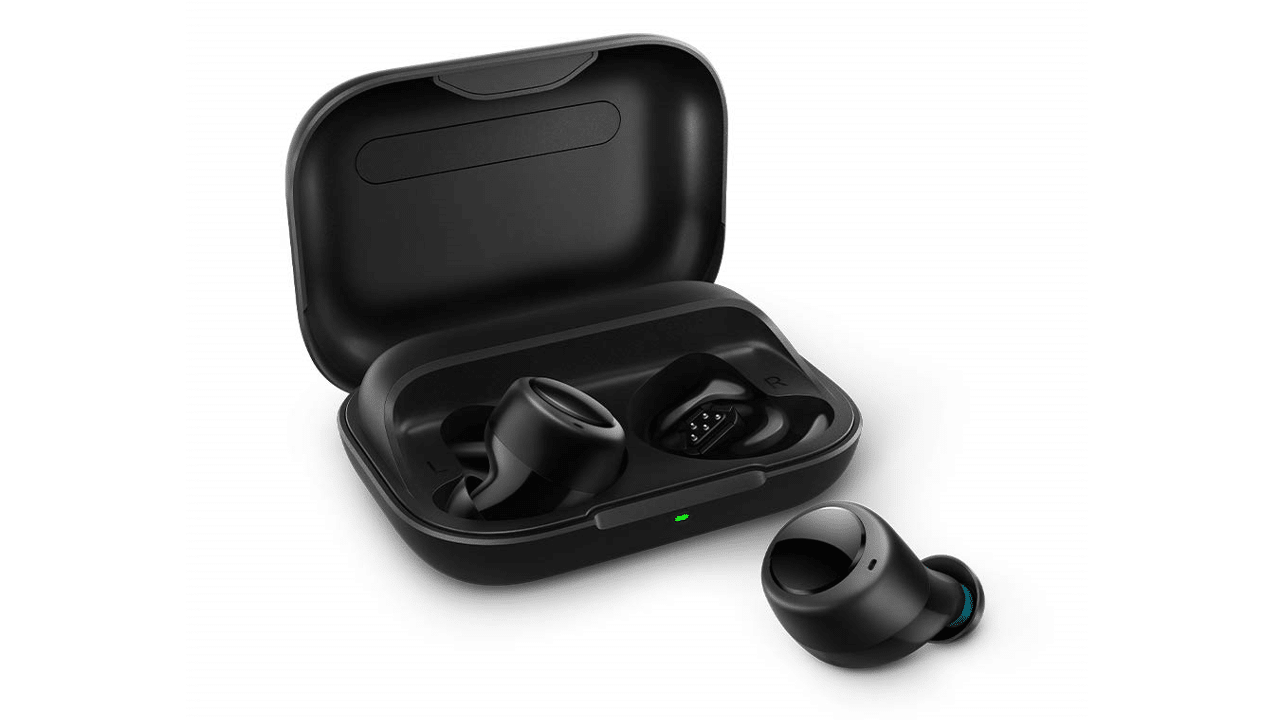
![]() “Wearables Wars” is AR Insider’s mini-series that examines how today’s wearables will pave the way and prime consumer markets for AR glasses. Each installment will profile a different tech leader’s moves and motivations in wearables. For more, subscribe to ARtillery PRO.
“Wearables Wars” is AR Insider’s mini-series that examines how today’s wearables will pave the way and prime consumer markets for AR glasses. Each installment will profile a different tech leader’s moves and motivations in wearables. For more, subscribe to ARtillery PRO.
Common wisdom states that mobile AR is the forbear to smart glasses. Before the latter achieves consumer-friendly specs and price points, AR’s delivery system is the device we all have in our pockets. There, it can seed user demand for AR and get developers to start thinking spatially.
That’s still the case, but a less-discussed product class could have a greater impact in priming consumer markets for AR glasses: wearables. As we’ve examined, AR glasses’ cultural barriers could be lessened to some degree by conditioning consumers to sensors on their bodies.
Tech giants show signs of recognizing this, and are developing various flavors of wearables. Like in our ongoing “follow the money” exercise, they’re each building wearables strategies that support or future-proof core businesses where tens of billions in annual revenues are at stake.
For example, Apple’s wearables are seeing strong revenue growth and offsetting smartphone revenue deceleration in the near term. Long term, we could see a holistic suite of wearables — including glasses — replace the current suite of iThings at the center of our computing lives.
Ulterior Motive
But what’s everyone else doing? We’ll start this Wearables Wars series by looking at Amazon. Though it’s not often mentioned in the same breath as wearables, it’s quietly making moves with the emerging product class, congruent with its smart speaker play and other orbiting factors.
This all started at a September Alexa event where it launched a full hardware blitz. As you may remember, it announced a string of new products that further extend Alexa’s reach to our ears, faces, hands and kitchens. The in-home integrations are notable, but the real story is wearables.
Specifically, its new Echo Buds are Bluetooth earpieces that compete with Google Pixel Buds and Apple AirPods. Echo Frames are similar to Bose Frames as mic and speaker-infused glasses. And Echo loop is an odd little ring with a mic and speaker to summon Alexa on the go.
Stepping back, this fits Alexa’s crafty and less-discussed purpose to boost user engagement, pursuant to core e-commerce revenues. It’s a sort of loss leader in the same way Gmail, Google Voice, and several other Google products are an ecosystem play that drives search.
That’s not a new notion, but it’s important to acknowledge as an underlying motivation. One of Amazon’s first hardware moves was the Fire Phone. But failing to treat it a loss leader — charging too much for a phone that had no discernable edge over iOS or Android — it died on the vine.

Out of Home
This turned out to be a costly mistake. Along with Facebook, Amazon was left with no direct hardware contact with consumers. It’s at the mercy of Google and Apple through which its mobile activity resides. Echo devices then became a beachhead in the home, and a successful one.
But as a home-only access point, it ceded lots of user mindshare to out-of-home activity where users are glued to their phones. Not only do Apple and Google own that hardware, but 20 percent of mobile searches are voice-based — a query volume that dwarfs smart speaker searches.
Backing that up, there are about 118 million smart speakers in the U.S. where Amazon leads. But there are 3 billion global smartphones and 120 billion annual mobile voice searches where it has zero market share. That’s where Google Assistant and the inferior Siri have the pole position.
Beyond penetration, there’s the matter of user intent. Purchase intent is greater on mobile devices than stationary ones, and few people buy things on smart speakers. Moreover, a far greater portion of consumer spending happens with local offline shopping than in-home eCommerce.
But despite the tech press’s misguided focus on smart speakers for voice search, Amazon knows where the scale is. So these new wearables are meant to bust out of the home and become part of our daily travels. It’s Amazon’s direct play at your senses, if it can’t be in your pocket.

Time to Pounce
Amazon is also smart with the timing. As mentioned earlier, smartphones are reaching market saturation and experiencing decelerated revenue growth. But wearables are on the rise, and could be a sort of successor to the smartphone (though reliant upon it) as a primary input.
Case in point: Apple’s Q4 earnings showed iPhone year-over-year growth at $4 billion, while wearables grew $3.7 billion. So wearables dollar growth is catching up to the iPhone. Though that growth is almost equal, the difference is that one’s on the way up and one’s on the way down.
Amazon’s timing is also right due to the advent of 5G, which will generally fuel the capability and connectivity of IoT and smart devices, especially wearables. Beyond faster speeds, 5G’s low-range, high-frequency signal will enable millimeter-level accuracy in positional tracking.
That unlocks functionality for wearables like smarter earbuds. We’ll get textured audio content such as local discovery (“look to your left”), with precise UI inputs such as head nods. This is what we’ve been calling “audio-AR” as an alternate and less-invasive modality than graphical AR.
But mostly, after failing to market a smartphone, Amazon sees its maturation as an opportunity to leapfrog to the next growth hardware. It’s experimenting to see what sticks, especially Loop and Frames. But Echo Buds are a validated product class that could advance its eventual AR play.
For deeper XR data and intelligence, join ARtillery PRO and subscribe to the free AR Insider Weekly newsletter.
Disclosure: AR Insider has no financial stake in the companies mentioned in this post, nor received payment for its production. Disclosure and ethics policy can be seen here.
Header image credit: Amazon
